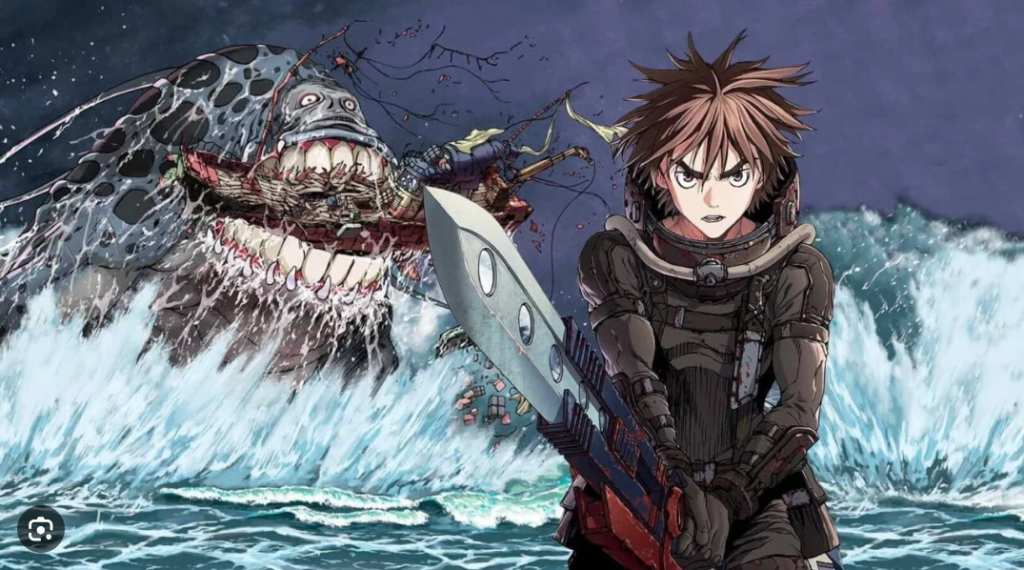Exploring the World of Manhwas: A Journey into Korean Comics

Introduction
Manhwas, the South Korean counterpart to Japanese manga and Western comics, have emerged as a global phenomenon in the realm of graphic storytelling. These visually stunning and narratively rich comics are not just entertainment; they are a window into the vibrant culture and imaginative spirit of Korea. In this blog post, we will delve into the world of manhwas, exploring their history, characteristics, popular titles, and their impact on both Korean and global culture.
The History of Manhwas

Manhwa’s origins trace back to the early 20th century, evolving amidst Korea’s turbulent historical backdrop. Initially influenced by external comic styles, Korean artists soon developed their own unique voice, a fusion of traditional Korean art and modern narratives. The 1950s and 1960s marked a significant era, with manhwas serving as both entertainment and political commentary. Figures like Kim San-ho and Shin Dong-woo pioneered the art form, navigating through periods of censorship and cultural shifts.
The democratization of South Korea in the late 1980s brought a renaissance in manhwas. Freed from restrictive censorship, a new wave of artists and writers began experimenting with diverse genres and themes. This era saw the emergence of works that would define the medium, such as “Sunjeong Manhwa” (Romance Comics) and “Myeongnang Manhwa” (Comedy Comics), which resonated deeply with the Korean public.
Characteristics of Manhwas

Manhwas are distinguished by their diverse art styles, ranging from realistic to highly stylized, depending on the genre. They often feature intricate backgrounds and detailed character designs. The storytelling in manhwas is notable for its depth and variety, encompassing a wide range of genres including romance, fantasy, action, horror, and slice-of-life. Unlike manga, which is traditionally black and white, manhwas are often colored, especially in their digital form.
One of the unique aspects of manhwas is their cultural context. The narratives often incorporate elements of Korean history, folklore, and modern-day life, providing a lens through which readers can glimpse Korean society and values. Furthermore, manhwas are typically read from left to right, aligning with Western reading habits, unlike the right-to-left format of mangas.
Popular Manhwa Titles

Several manhwa titles have gained international acclaim, showcasing the breadth and depth of this art form. “Tower of God” by SIU is a fantasy adventure that has captivated a global audience with its intricate world-building and complex characters. “The Breaker” by Jeon Geuk-jin and illustrated by Park Jin-hwan is another notable title, renowned for its martial arts action and compelling storyline.
Other significant works include “Killing Stalking” by Koogi, a psychological horror that delves into dark themes with its intense narrative and “Cheese in the Trap” by Soonkki, which portrays the intricacies of university life and relationships in Korea. These titles reflect just a fraction of the diverse storytelling found in manhwas.

Manhwas in the Digital Age
The advent of the digital age has revolutionized the manhwa industry. Platforms like Webtoon have made manhwas accessible to a global audience, providing a space for both established and upcoming artists to share their work. The digital format has also allowed for innovative storytelling techniques, with scrolling panels and the integration of music and animations enhancing the reader’s experience.
This digital transition has not only democratized content creation but has also paved the way for a new generation of manhwa fans. It has allowed Korean artists to bypass traditional publishing barriers, reaching a broader, more diverse audience.
The Cultural Impact of Manhwas
Manhwas have become a significant aspect of the Korean Wave (Hallyu), contributing to the global spread of Korean culture. Their stories and characters resonate with audiences worldwide, transcending cultural and language barriers. The influence of manhwas extends beyond the pages; they have inspired adaptations in other media, such as television dramas, films, and video games, further amplifying their impact.
Manhwas also offer insight into contemporary Korean society, addressing issues like mental health, societal pressures, and the complexities of modern life. They serve not only as entertainment but also as a medium for social commentary and cultural exchange.
Conclusion
Manhwas represent a dynamic and evolving form of storytelling, rich in both artistry and narrative depth. They offer a unique blend of traditional Korean aesthetics and contemporary themes, appealing to a wide range of readers. For those looking to embark on a journey into the world of manhwas, numerous online platforms and communities offer a gateway to explore this fascinating medium.
Whether you are a seasoned fan of graphic novels or new to the world of comics, manhwas offer a fresh and exciting experience. From their rich historical roots to their modern digital incarnations, manhwas are a testament to the creativity and resilience of Korean culture. As they continue to gain popularity and acclaim on the global stage, manhwas are not just comics; they are a vibrant and integral part of the global cultural landscape.
